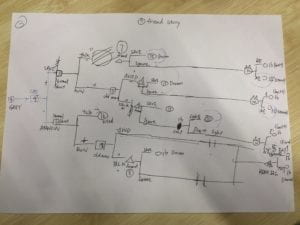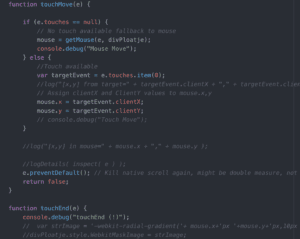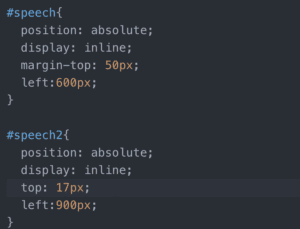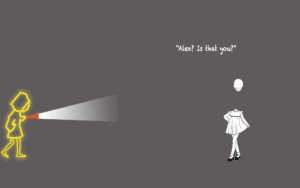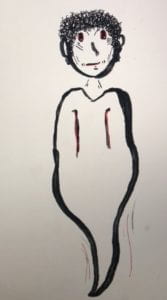After reading “On the Rights of Molotov Man,” it made me realize how art today is so easily reproduced and decontextualized online. It seems like you can take just about any photo from the internet, instagram, facebook, and more without needing any sort of credit to use it. By screenshooting or copy & pasting it, it’s yours to use. Even if the author didn’t want someone using it, by putting it online for everyone to see, it is still super easy for someone to replicate without the author ever knowing. As stated in this reading, the artist needs to reclaim the context of their work. Nowadays with technology and social media, doing this seems almost impossible.
I also thought it was very interesting when they were discussing the Molotov painting’s copyright. Nmazca asked, “Who owns the rights to this mans struggle?” I think she brings up an interesting point about how maybe it isn’t about the person who took the photo or painted the picture, but who was behind it. While everyone else is discussing the rights of the photograph or painting, nobody was really discussing the man within it and his story (or context). It is as if Pablo’s context was “stripped away” from him, nobody knew his story and were just replicating it over and over for their own use. Who can use and replicate these kinds of art then comes into question
